On 10th March 1923 a new company was officially registered with the issue of 400,000 £1 shares, it became known as the Great Eastern Train Ferry Company. The three Ministry of War Transport train ferries, built in 1917 for war services between France and the British ports of Richborough, in Kent, and Southampton were purchased together with the five terminals. Societe Belgo-Anglaise with half of its capital subscribed by the Great Eastern Train Ferry Company was founded on 16th April 1923 to run the Belgian operations.
The Southampton terminal was loaded on to two barges for the journey to Harwich leaving Southampton on 1st September 1923. On 4th September 1923 when 2.5 miles from the Cork Light Vessel the cargo moved resulting in both barges sinking. It was not until October the linkspan were recovered and beached at Harwich, the towers and machinery could not be salvaged and were blown up so as not to be a hazard to other shipping. The Richborough towers and machinery originally intended for Zeebrugge were then delivered to Harwich as a replacement and, together with the linkspan from Southampton, were erected on their current site. The Dunkirk terminal was now transferred to Zeebrugge.
Whilst the new terminal was being built, at Immingham where the three train ferries had been laid up, work commenced to dry dock and overhaul each in turn. Train Ferry No 1 and Train Ferry No 2 had been designed and built by Sir W. Armstrong-Whitworth at his Wallsend yard whilst Train Ferry No 3 was built at Fairfield’s yard on the River Clyde. On 8th April 1924 Train Ferry No 2 arrived at Harwich still carrying a war time ambulance train for berthing trials, she undertook similar trials later at Zeebrugge.
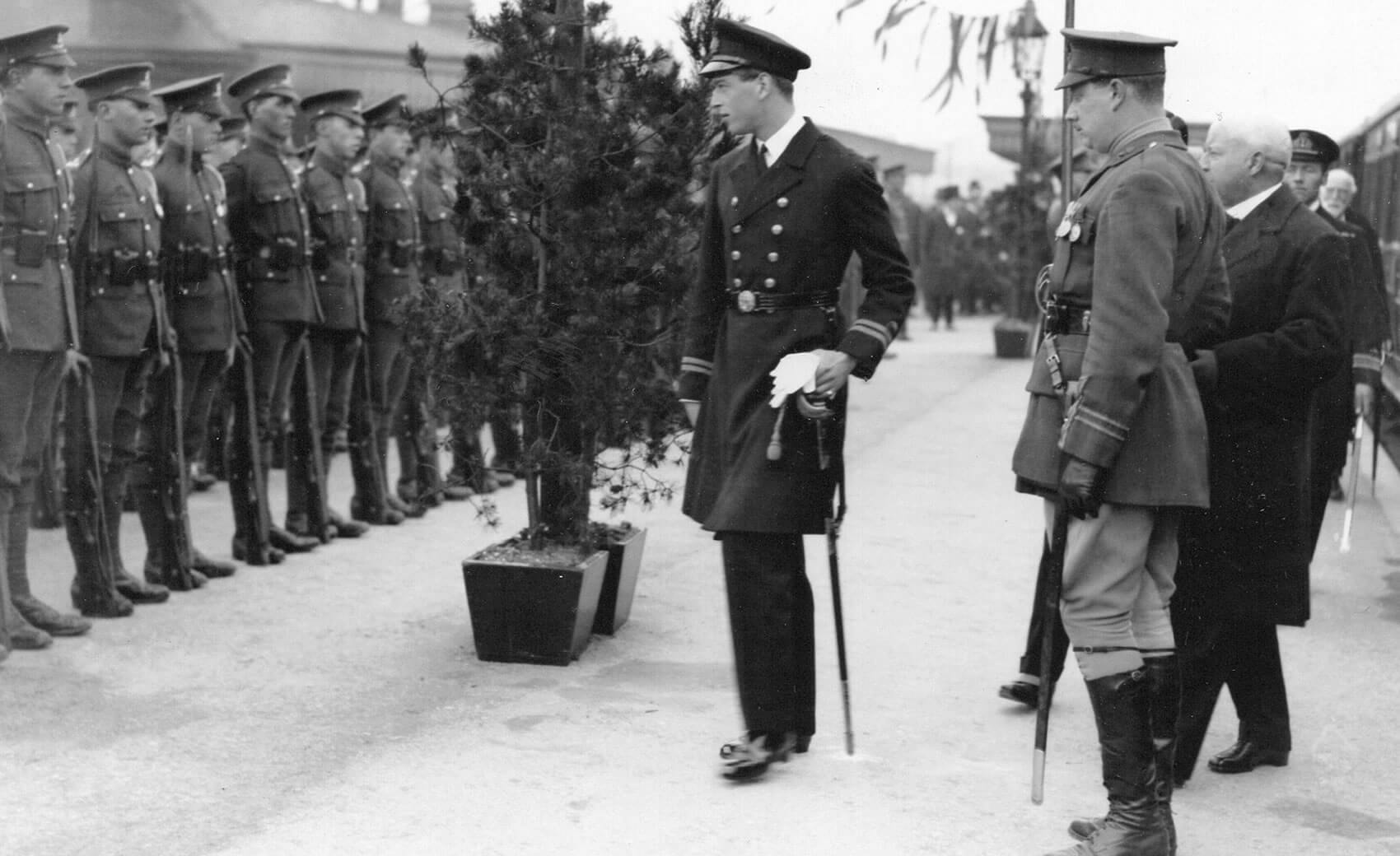
At 11.00 on 24th April 1924 a special train arrived at Harwich town station with Prince George, later Duke of Kent, on board. Crowds had gathered along with school parties but the Prince failed to alight for over an hour, it was later discovered a piece of his naval uniform was missing and he was waiting for a replacement to arrive from the Royal Naval Training Establishment at Shotley. When Prince George did alight from the train the newly formed Harwich Town Silver Band commenced playing, this was their first official engagement. The Prince was accompanied by Sir Cyril Butler and officially welcomed to Harwich by the mayor Mrs Lucy Hill. The party made their way to the train ferry terminal where the Prince officially set the bridge machinery in motion. After the official opening ceremony Captain Grigor, who had been master of the ship since it was brand new, gave the party a guided tour of the new ferry before setting sail on the inaugural voyage. The following day Train Ferry No 3 arrived at Harwich from Immingham for that day’s sailing. The service was nightly in each direction but without a Sunday service. To complete the train ferry fleet Train Ferry No 1 arrived at Harwich on 17th July 1924. In August 1924 Train Ferry No 1 fouled a propeller, rather than making an expensive trip to dry-dock she was beached on a high tide at the Guard where crew removed to rope from then on the company often used this method to clean the hulls of their fleet. During 1925 all three vessels were converted at Antwerp to coal fired boilers from oil burning.
On 9th January 1926 40 officers and men from the 17th Medium Battery together with 100 horses in trucks arrived at Harwich on Train Ferry No. 2 from the Rhine via Zeebrugge. After exercising the horses that morning they departed by special train to Bournemouth that afternoon. One of the largest shipments under this company took place on 5th October 1930 when a Sentinel-Cammell steam car was shipped to Zeebrugge, an export for Belgium Railways. On 20th March 1933 304 tons of electrical equipment in 17 wagons was shipped via Zeebrugge for Danish State Railways.
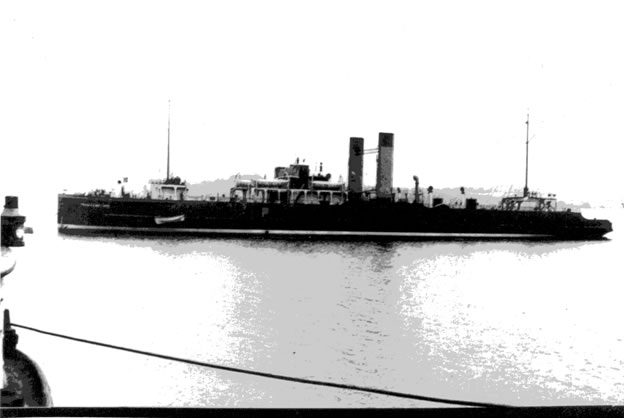
The new serviced proved not to be very financial viable, by 1932 the annual loss had reached £3,485. On 27th July 1933 the Great Eastern Train Ferry Company was officially declared bankrupt. The assets were sold with the London and North Eastern purchasing the three train ferries, the Harwich terminal and the train ferry company’s shares in Belgo-Anglaise Des Ferry Boats for £150,000. On 1st August 1933 under the new ownership the service re-commenced. At the beginning of November 1931 a secondary service with Calais was opened, when the Southern Railway Company opened their train ferry link between Dover and Dunkirk on 6th October 1936 the secondary route was closed.
In January 1937 the largest ever load of sprats arrived from Brightlingsea in 21 trucks for shipment to Belgium.
Only one ferry survived the war, Train Ferry No 1 was sent to John Brown’s yard on the River Clyde for major overhaul, during her wartime naval years her boilers had been converted back from coal burning to oil firing. Now renamed Essex Ferry the train ferry link was re-opened on 16th August 1946.
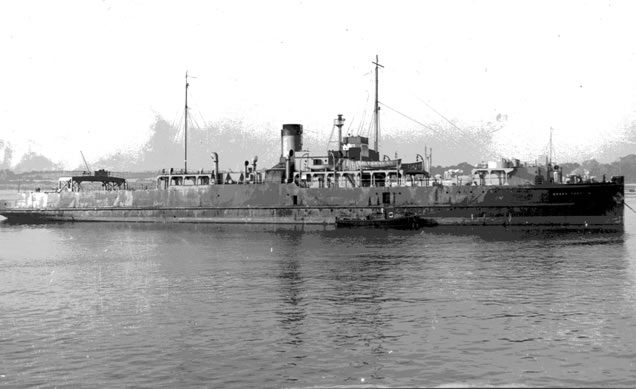

It was John Brown’s yard that the L.N.E.R. went to when placing an order for a new train ferry, of similar freight capacity to the 1917 building, the new ferry, Suffolk Ferry, was the first Harwich based motor ship. The twin six cylinder main engines maintained a service speed of 13 knots, the new vessel was soon recognisable by local residents in their homes in Harwich for having a distinctive sound when starting a main engine. Accommodation was provided for twelve passengers in six two berth cabins. With the introduction into service of the new ferry Essex Ferry had some wartime modifications altered by the marine workshops at Parkeston Quay to carry twelve passengers in September 1947. Early manoeuvring problems led Suffolk Ferry to be withdrawn in mid November 1947 to have a second rudder fitted at the Hebburn on Tyne Shipyard. Sister ships Norfolk Ferry followed in July 1951 and a new Essex Ferry in January 1957, the steamer Essex Ferry now renamed Essex Ferry II, being withdrawn at Christmas 1956 and sold for scrap three months later. The new Essex Ferry was fitted with an overhead gantry crane so she could be used on the company’s conventional cargo services to Antwerp and Rotterdam.
A fourth train ferry was ordered, this time from Hawthorne Leslie’s yard on the River Tyne. Still only having the same rail capacity as the 1917 buildings this vessel and was also equipped for use on the company’s conventional cargo services. Cambridge Ferry entered service in January 1964 becoming the first British Railways ship at Harwich to be fitted with engine manoeuvring capabilities directly from the navigation bridge. It seems incredible now but the early masters did not trust this automation and insisted on using conventional telegraph orders when entering and leaving port.
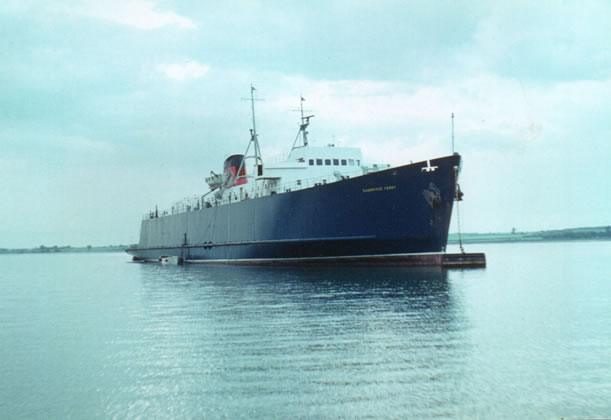
The longest load to be transported by train ferry was a stripper column of 142’6”, this was loaded on to Suffolk Ferry at Harwich in April 1967. It had been built in Annan, Scotland, transported to Harwich on two specially adapted wagons on its way via Zeebrugge to an oil refinery at Dubrovnik, Yugoslavia.
On 11th March 1949 and November 1967 the Dover based Hampton Ferry and in February 1969 Shepperton Ferry undertook berthing trials at Harwich none were successful and did not see service at Harwich.
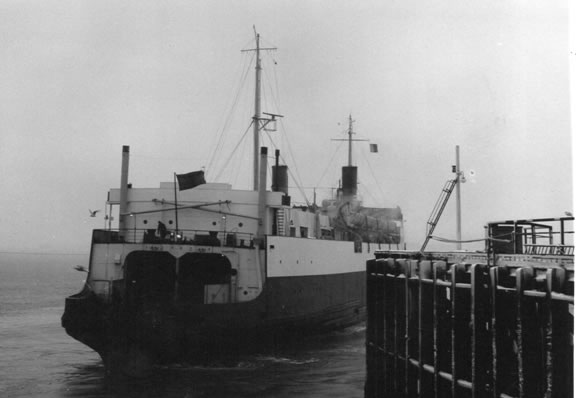
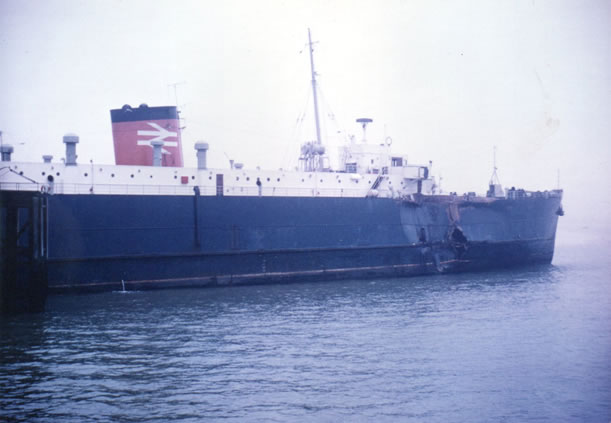
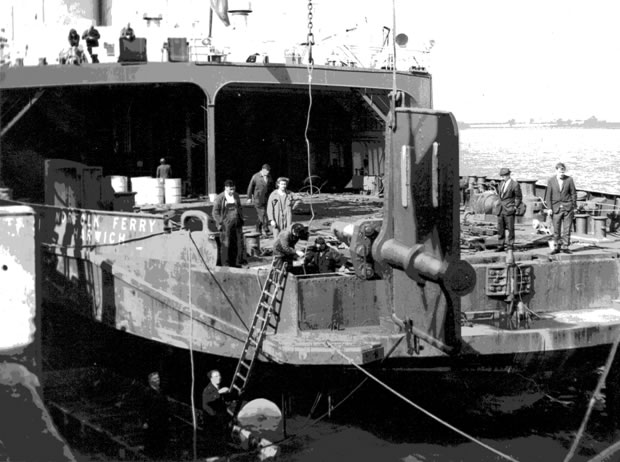
In October 1967 following modification to the sterns of Essex Ferry and Norfolk Ferry a secondary train ferry service opened with Dunkirk, Cambridge Ferry was later modified. The closing of the conventional cargo services to Antwerp and Rotterdam in 1968 meant often two train ferries were off, service due to lack of work. From time to time employment would be found using one as a roll on roll off ship on services both at Harwich and at other Sealink ports. During 1972 Cambridge Ferry and Essex Ferry made ten sailings from Harwich to Dublin to deliver new passenger coaches to Irish Railways. In 1973 Norfolk Ferry was sold and leased back to Sealink. In April 1976 following dry-docking at Falmouth Cambridge Ferry loaded veteran military vehicles there and discharged them at Zeebrugge for the filming of “A Bridge Too Far”.
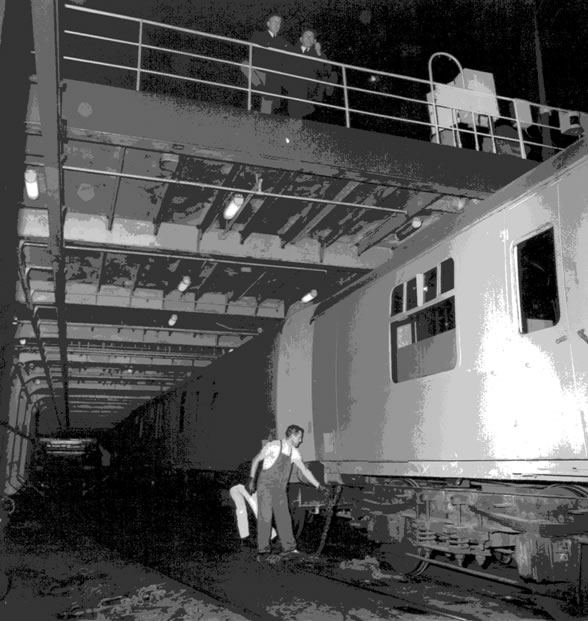
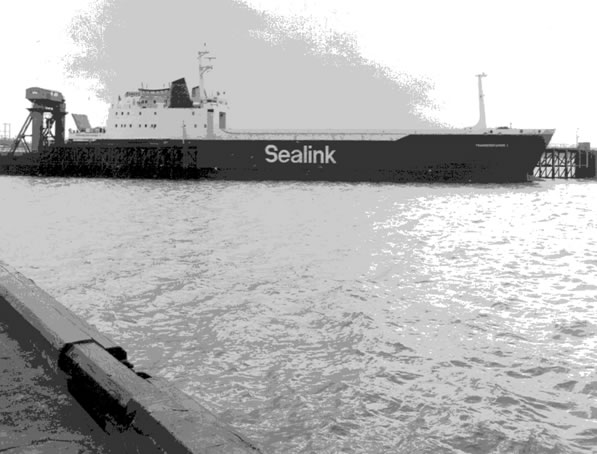
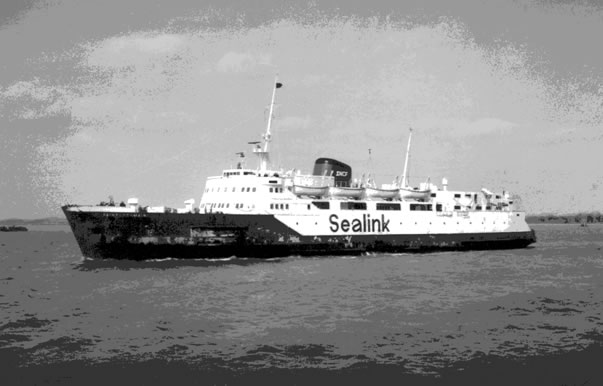
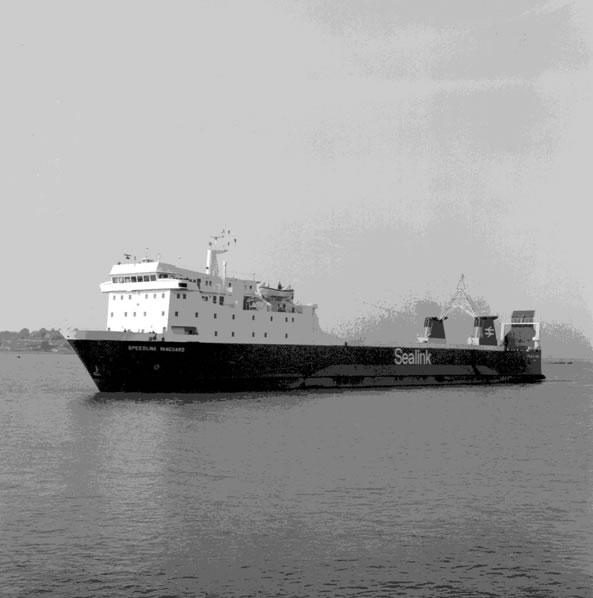
It was not until 1980 that the government started to put the nationalised industries under pressure for wasting taxpayer’s money. The Stena Shipper was chartered, converted for use as a train ferry at Middlesborough and entering train ferry service between Harwich and Zeebrugge on 21st August 1980. Now renamed Speedlink Vanguard the new vessel had double the rail capacity to that of her predecessors, this permitted the aging, unreliable and costly to run Suffolk Ferry to be withdrawn and sold for scrapping in the September and Norfolk Ferry be laid up as a reserve ship. Essex Ferry was withdrawn from service in December 1982 and both vessels were sold in April 1983. Despite the reduction in fleet numbers, cargo traffic levels significantly increased.
Disaster struck on 19th December 1982 when the inbound Speedlink Vanguard collided with the outbound European Gateway near to the entrance of Harwich Harbour resulting in the latter vessel capsizing.

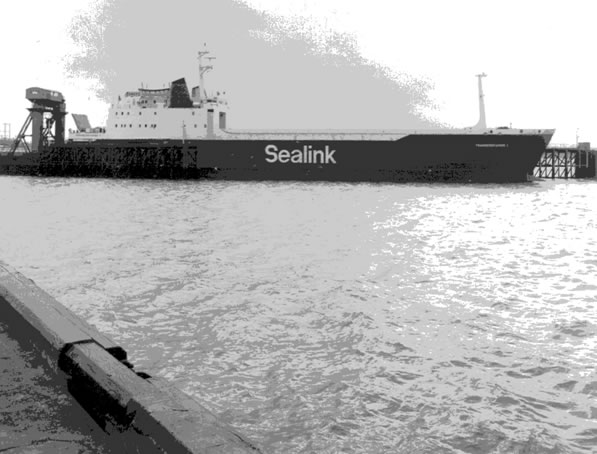
Further cost cutting feasibility studies were considered, these included basing all train ferry traffic through one English port and one Continental port with two new purpose built train ferries and new ferry terminals. Sadly on geographical grounds Harwich did not stand a chance of winning the competition. Dover being much closer to any Continental port and hence shorter sea voyages and more trips per day per vessel the Dover Dunkirk route was selected, though only one train ferry was built. Cambridge Ferry was withdrawn on Christmas Eve 1986 and Speedlink Vanguard left Harwich for the last time on 29th January 1987, in 1986 cargo levels had reached record breaking levels. The latter vessel went on to trade under many names, Caribe Express, Stena Shipper, Kirk Shipper, Normandie Shipper and Bonavista. She was later renamed Birlik 1 arriving at Harwich (Parkeston Quay) with ro ro cargo on 19th December 2007. On 1st June 2013 now renamed Boa Vista she arrived at Aliaga, Turkey for breaking up.
Cambridge Ferry went on to see further Sealink service, mainly in the Irish Sea before being sold in 1992. Most of her last years was spent laid up under arrest in Bari before being towed to Aliaga, Turkey for scrapping arriving early 2003.
